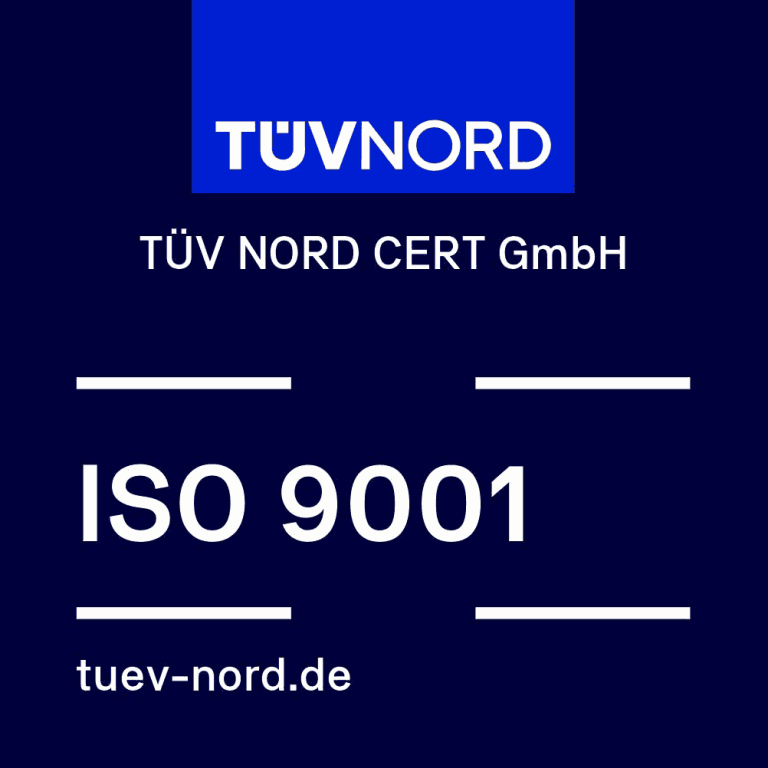Answers to the most frequently asked questions – our FAQ will help!
Here you will find answers to frequently asked questions about our products. If you have a question that is not answered here, please do not hesitate to contact us.
The adhesive tape should be stored dry in the closed original shipping cartons. Direct exposure to weather, moisture and UV radiation should be avoided. The recommended storage temperature is generally between +15°C and +25°C, the maximum storage period is 6-12 months. Specific product-related information can be found in the respective technical data sheet.
Only remove the adhesive tape from the original carton immediately before use. Apply to a dry and clean surface (free of oil, grease, dirt and solvents) at room temperature. Press well and evenly onto the surface. In colder temperatures, it is recommended that the tape is brought to room temperature before application.
The best way to do this is with a hand dispenser. Press the center seam together firmly and in a straight line (butt to butt) and press on and fix the adhesive tape on the narrow side of the cardboard (so that approx. 1/3 of the side of the leg is covered with adhesive tape) with the dispenser – then pull smoothly over the center seam with the pressure roller of the dispenser and let it run out on the other side, press on and cut off.
The standard widths vary depending on the quality version. Standard widths of 19, 25, 30, 38, 50 and 75 mm are frequently found. The standard lengths are usually: 66, 330, 660 or 990 m; for paper adhesive tape and technical tapes usually: 50 or 500 m.
In addition to the usual standard dimensions, INDUPLAST offers special dimensions in any desired individual width and length with its own slitting department. Depending on the type of adhesive tape, we manufacture narrow widths from a minimum width of 4 mm and maximum running lengths of up to 2,000 m smoothly wound and 20,000 m cross-wound.
They differ in terms of stability and tear resistance, initial and final adhesive strength on the surface to be bonded, temperature, UV and ageing resistance, resistance to moisture, printability, pricing and sustainability features.
See also our whitepaper “Which packaging tape – PVC, PP or paper?”
We need your print image/logo as a vector graphic so that we can create a proof for approval. The most suitable file formats are Adobe Illustrator (ai), Freehand (eps), Adobe InDesign (indd), Corel Draw (cdr) or Adobe pdf. If you do not have a vector graphic, please use a high-resolution pixel graphic (jpg). If you can provide color information, please use the Pantone or HKS color system. (Pantone-C/HKS-K for film qualities such as PVC, PP and Pantone-U/HKS-N for paper qualities). Alternatively, you can send us a color sample by post. Please note that material-related color deviations may occur.
With positive printing, the lettering or print motif is printed on an adhesive tape, e.g. blue lettering on white tape.
With negative printing, the tape is almost completely colored and the printed image appears in the base color of the tape, e.g. white lettering with a blue background.
These are different printing plates/clichés: a sleeve cliché is formed from a single piece and is slipped over the printing cylinder – there is no seam (endless/seamless printing). A photopolymer cliché is a flexible rectangular printing plate that is glued to the printing cylinder and the beginning and end of the plate form the so-called register seam or attachment point. This is visible on negative and continuous printing images; it is irrelevant for positive printing images.
See also our whitepaper “Sleeve cliché vs. classic photopolymer cliché”
With surface printing, the top side of the adhesive tape (non-adhesive side) is printed. PVC and paper adhesive tapes are very well suited to surface printing. Even very small quantities can be printed using surface printing.
In sandwich printing (= reverse printing), the underside of the backing material is printed before the adhesive coating is applied. The print is sandwiched between the backing material and the adhesive. This printing process, which is used especially for PP adhesive tape, requires minimum order quantities.
A distinction is made between hand rolls, which are processed by hand, and machine rolls, which are applied by machine. Hand rolls are always wound smoothly. Machine rolls can be smooth wound (pancake roll) or cross wound (cross spool). A cross-wound roll is a staggered winding on a wide core. This allows extremely long running length reducing roll changes and increasing running time of the application machine.
There are numerous backing materials and adhesive types and a total of more than 900 different adhesive tape qualities. The most common backing materials are paper, PVC, PP, polyester, cloth and PE; the most common adhesives are natural rubber, synthetic rubber (hotmelt) and acrylate adhesives, as well as vegetable glue. Modified natural rubber, hotmelt or acrylate adhesive coatings are also used for technical tapes, as well as butyl and silicone adhesives.
Carry handles are usually attached to beverage six-packs and cartons so that they run across the narrow side. The adhesive zone is attached to the wide side of the packaging, the grip zone runs across the narrower width of the packaging and the adhesive zone is reattached to the other wide side. The individual handle can be removed cleanly from the roll by hand using the perforation.
Josef Löken GmbH & Co. KG
Schaffeldstr. 21
46395 Bocholt, Germany
Whitepapers, seminars and training courses – the concentrated Induplast knowledge in our Academy.


© 2024 Induplast | All Rights Reserved | Imprint | Privacy | Terms and Conditions